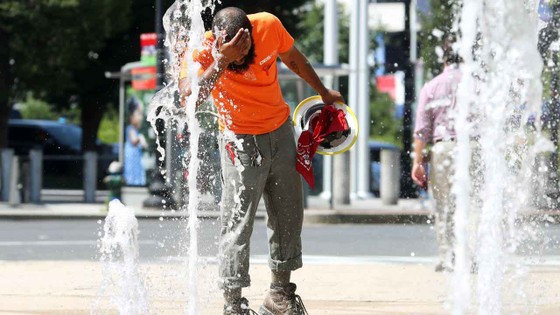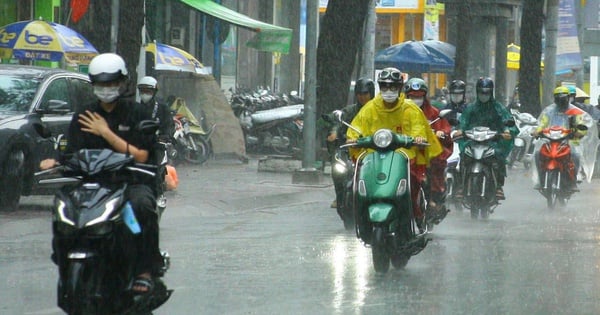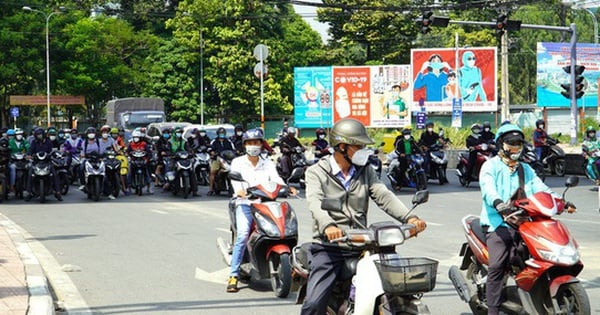SGGP
To mitigate the impact of prolonged extreme heat, some cities in the US are implementing support measures through strengthening connections between residents and local authorities.
 |
| How a construction worker cools off in Washington DC |
In recent years, heat preparedness in American cities has improved as forecasts have become more accurate. Chicago has expanded its emergency text and email notification system and identified vulnerable residents to reach during peak heat waves. Chicago has also made smart changes by implementing a heat emergency plan, conducting regular health screenings, and creating cooling centers. Baltimore has implemented a “Code Red” heat warning system that has proven effective. When the heat index is forecast to be 105 degrees Fahrenheit or higher, an alert is issued and actions such as increased social services are initiated in the most vulnerable communities. Some cities, such as Miami, Phoenix, and Los Angeles, have appointed heat officers.
The US government has launched an interagency website called Heat.gov, which provides a number of useful tools, including a guide to the heat index, and monitoring and forecasting heat and its health impacts. Some have suggested that the government should establish a federal heat response agency to monitor policies from concept to completion, as well as develop specific plans to support areas that do not normally face heat, such as the Pacific Northwest. Despite significant improvements in heat response, climate experts say the new steps in the US are not enough when the world is witnessing continuous temperature records being broken and inequality exists for the most vulnerable.
Cities should respond by investing in sustainable development and promoting environmental protection. “No city is really prepared for the worst-case scenario that some climate scientists fear,” said Eric Klinenberg, a professor at New York University. Heat is the leading cause of death in the United States compared to other weather disasters. The US Environmental Protection Agency estimates that more than 1,300 people die from heat each year in the country.
Around the world, cities in many countries have taken measures to cope with heat. France implemented a heat-monitoring warning system after a prolonged heat wave in 2003 killed 15,000 people, many of them elderly people living in apartments and urban homes without air conditioning. The warning system included public announcements urging people to avoid dehydration. In June, Germany launched a new campaign to combat heat-related deaths, inspired by the French experience.
After a severe heat wave in India in 2010 killed more than 1,300 people in Ahmedabad, city officials launched a plan to raise awareness among locals and health care workers, including painting roofs white to reflect sunlight.
Source



![[Photo] President Luong Cuong presides over the official welcoming ceremony for Burundian President Évariste Ndayishimiye](https://vstatic.vietnam.vn/vietnam/resource/IMAGE/2025/4/4/63ceadc486ff4138abe2e88e93c81c91)

![[Photo] Workshop "Future for the Rising Generation" continues the profound value and strong message from the article of General Secretary To Lam](https://vstatic.vietnam.vn/vietnam/resource/IMAGE/2025/4/4/ec974c5d9e8e44f2b01384038e183115)


























![[Photo] Many advanced technologies gather at Analytica Vietnam 2025](https://vstatic.vietnam.vn/vietnam/resource/IMAGE/2025/4/4/0ef01117275d4d71b2e2a45c215ac2f8)































































Comment (0)